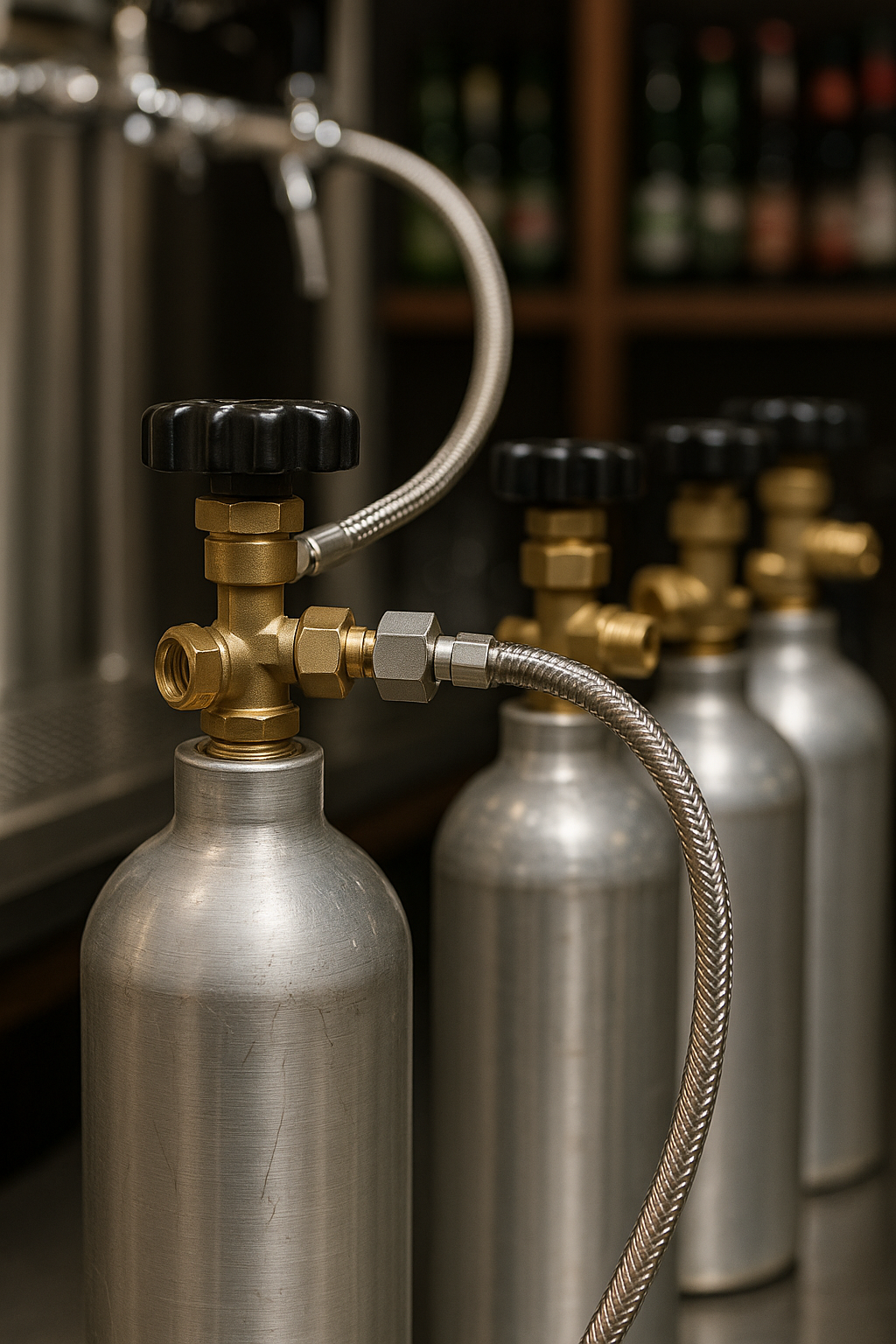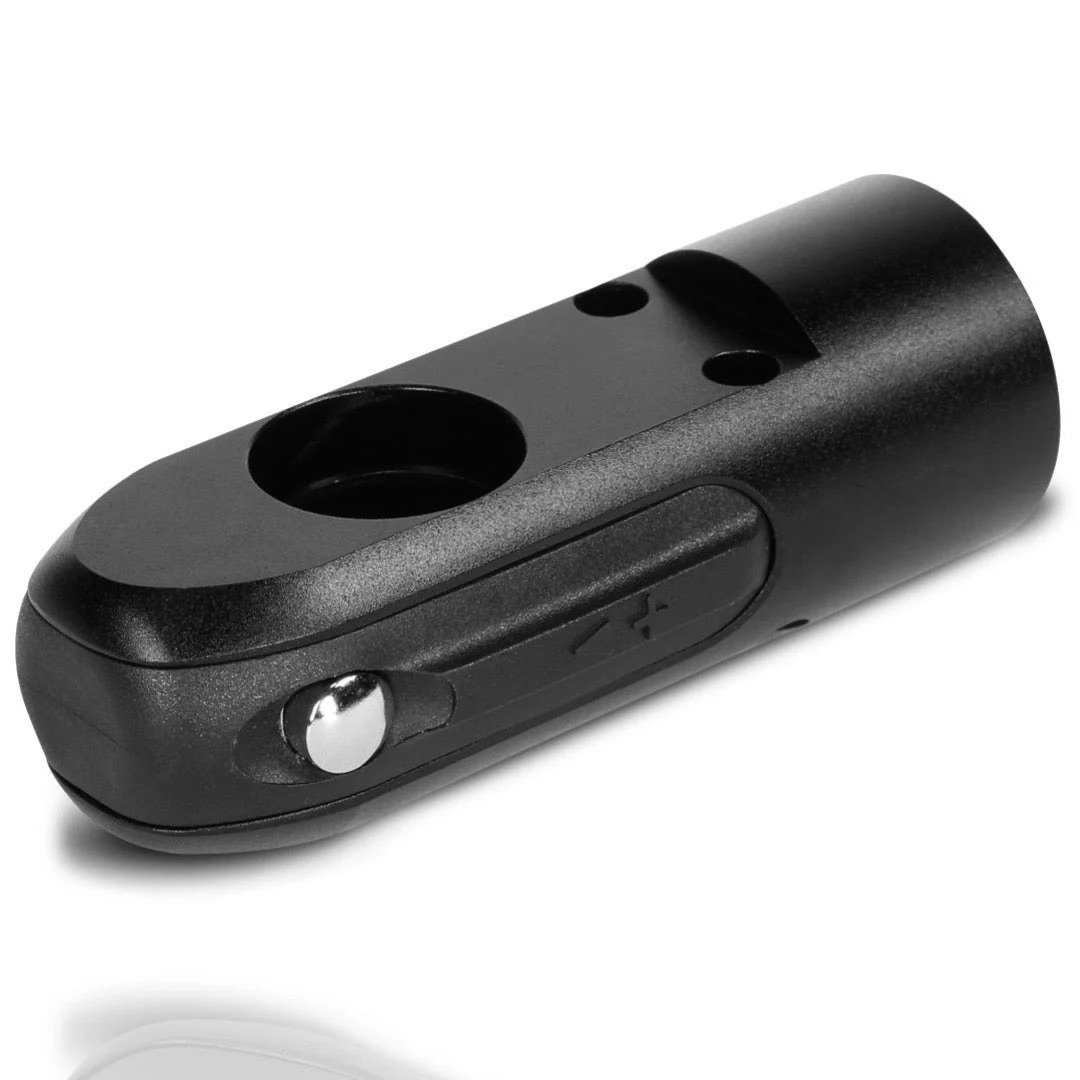Tired of unpredictable shipping fees and surprise surcharges? For gas cylinder importers, managing logistics costs can make or break your profit margin.
To control your shipping expenses when importing gas cylinders, you need to optimize packaging size, plan container loads smartly, compare freight options, and work with a reliable factory that understands export logistics.
Shipping costs are not fixed—they vary wildly based on how you pack, where you ship, and who handles your freight. Let’s break it all down and help you make smarter choices that save real money.
Table of Contents
Why are gas cylinder shipping costs hard to control?
Global freight rates go up and down. Cylinder shape adds packaging waste. Regulations change without warning.
The biggest reason shipping costs are difficult to predict is that gas cylinders are heavy, oddly shaped, and regulated. This combination impacts both how you pack and what you pay per unit.
The 3 cost variables you must understand
1. Volumetric weight vs. actual weight
| Type of weight | Impact on Cost | What it means |
| Actual weight | High | Total physical weight in kg or lbs |
| Volumetric weight | Sometimes higher | Based on box dimensions (L×W×H ÷ 6000) |
Shipping companies charge by whichever is higher. This is why cylinder layout inside cartons and pallets matters so much.
2. Container utilization efficiency
- A 20ft container fits about 14,000–16,000 small CO2 cylinders.
- A 40ft container fits about 28,000–30,000.
- A badly packed container wastes up to 20% of available space.
The more tightly and evenly we pack, the less “air” you’re paying to ship.
3. Hazard classifications and paperwork
Even though most beverage or paintball CO2 cylinders are shipped empty, some logistics providers still treat them as hazardous. That triggers:
- Dangerous goods fees
- Extra documentation (like MSDS, UN number labels)
- Slower customs clearance
Working with a supplier that understands these rules can reduce errors—and penalties.
How to choose the best freight option for cylinders?
Courier? LCL? FCL? What’s the smartest?
For most bulk gas cylinder orders, Full Container Load (FCL) is the most cost-effective option, especially when weight exceeds 2 tons or the order fills more than half a container.
Shipping options comparison
| Mode | Best for | Key Benefits | Drawbacks |
| Courier (DHL/FedEx) | Samples or urgent restock | Fastest, trackable, door-to-door | Extremely expensive per unit |
| LCL (Less than container) | Medium orders, <10CBM | Flexible volume | Risk of damage, extra handling |
| FCL (Full container) | Orders >12CBM or 2 tons | Lowest per-unit cost, safer handling | Requires good planning and full payment |
- At Alizee, we often help our clients bundle shipments to reach FCL threshold faster. We also pre-design carton sizes and pallet plans for you.
How packaging design affects freight cost?
You can’t change fuel prices. But you can shrink your volume.
Smart packaging design—like stacking without wasted gaps, using thinner walls, or using honeycomb trays—can reduce total CBM and cut shipping by up to 15%.
Tips to optimize packaging for gas cylinders
Use standard carton dimensions
Couriers and freight forwarders love standard sizes like 60×40×40cm or 50×30×30cm. They fit perfectly into container rows and cut wasted air space.
Pre-palletize at factory
We prepare 12 cartons per pallet, shrink-wrapped and corner-protected, which:
- Speeds up loading
- Lowers labor costs
- Prevents in-transit damage
Use strong but light materials
Honeycomb board or double-wall corrugated boxes provide durability with less weight than wooden crates.
How can Alizee help reduce your overall freight burden?
You don’t have to figure it all out alone.
We offer full export packaging services, shipping route planning, and even help clients share containers or combine SKUs to save space and money.
Here's what we include in our logistics support:
| Service | Benefit to you | |
| Pallet optimization reports | Maximize units per container | |
| Consolidated shipping coordination | Lower cost per shipment | |
| Shipping document support | Faster customs clearance | |
| Custom packaging design | Reduce CBM without compromising protection | |
| Partnered with top forwarders | Access to better rates and faster sailing times |
- We’ve worked with clients shipping to the U.S., Europe, Southeast Asia, and Australia, adjusting container strategy to each country’s preferences and rules.
Conclusion
Cutting shipping costs starts with smart design, smart planning, and a smart supplier.






